
This document outlines a comprehensive enhancement to the Xinnoshi LED desk lamp, focusing on key modifications to optimize its performance and extend its operational lifespan. The undertaken improvements encompass structural alterations, battery selection, and circuitry adjustments.
Structural Analysis:
Upon examining the construction, the light panel is enclosed in a plastic shell. While the shell is not thick, the plastic is a poor conductor of heat. In fact, after ten minutes of maximum brightness, one can feel the heat radiating from the outer shell.
Structural Components:
As a system, if heat cannot be rapidly dissipated outside the system, the internal temperature will eventually equalize. In this sense, the aluminum substrate might be considered an unnecessary component.
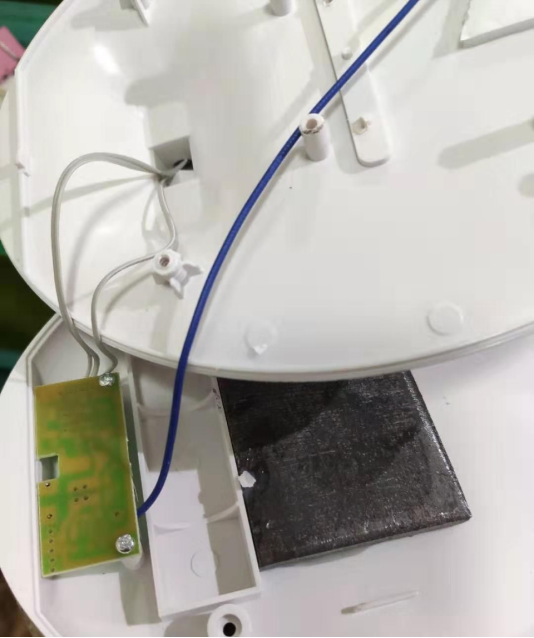
The board is made of synthetic fiber, and the iron block is partially rusted—pay attention to the adhesive.

Circuitry and Connectivity:
The adhesive has been improved and is no longer black. In the previous circuit version, solder joints were present at the omitted toggle switch, but in the later circuit versions, there are no solder points at the switch.
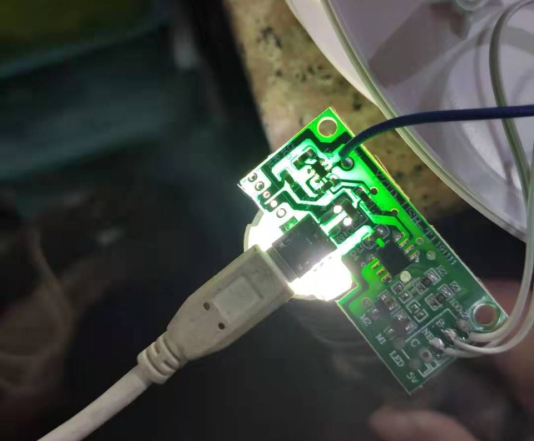
The circuit copper foil defaults to connecting the solder joints. Since there are printed characters on the board, there's no need to illuminate the back. Use tools to cut the copper foil.
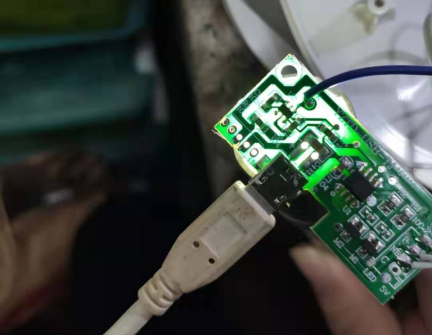
Battery Selection:
The blue-peeled Wang already has soldered wires and a protection board with an unknown capacity. The green skin comes from Samsung, originating from the Shenzhou Shenzhou S262 laptop, with a capacity of 2200mAh. It has contributed light and heat to a flashlight for many years. Prepare the TP4506 with protection and choose the Samsung battery.
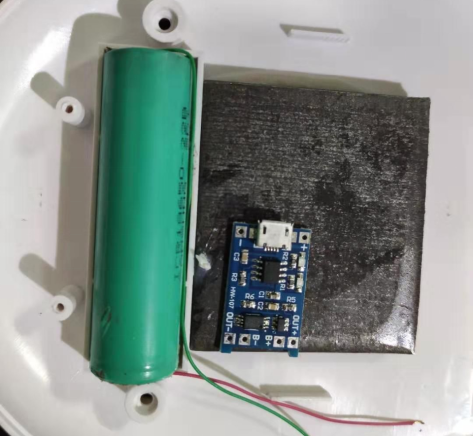
Installation and Verification:
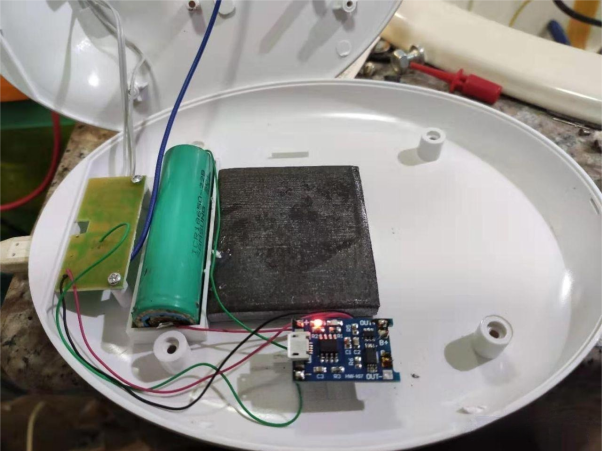
Verify the lighting, passed on the first attempt. After installation, conduct a charging test. The circuit board can provide a stable 1A charging current.
Performance Metrics:
The third level of brightness is actually fully conductive, meaning the 5V+ voltage is entirely applied to the LED. Consequently, the light board and LED generate considerable heat. After installing the TP4506, the actual supply voltage stabilizes at 4.2V. With lower voltage, the resistance and LED heat generation are correspondingly reduced, resulting in lower brightness.
Battery Performance:
Through testing, the modified desk lamp's third level of brightness is slightly brighter than the original second level. Before modification, at 4.89V, the currents for all 36 lights at full brightness were 0.19A, 0.43A, and 0.60A. After modification, at 4.2V (during late charging and full battery states), the currents are 0.16A, 0.33A, and 0.54A. This indirectly improves the lamp board's lifespan and system stability.
Estimated battery capacity after losses is 1760mAh, a roughly 20% loss in capacity. At full battery, under the highest brightness with 36 lights, it can maintain brightness for 2.5 hours, dropping to a second-level brightness when the voltage falls below 3.85V. It can then stay lit for an additional 1.5 hours, with brightness slightly higher than the battery-supplied first level, and the voltage has dropped below 3.5V.
Conclusion:
It appears that the protection board's cutoff voltage is too low, entering the over-discharge range below 3.5V. The cutoff voltage of the protection board has not been tested. It can maintain a usable state for 3 hours, exceeding expectations significantly. However, from an eye protection perspective, the brightness of this lamp may not reach or sustain recommended illumination for an extended period. Additionally, there are doubts about the suitability of the lamp board's ultraviolet and other indicators.




